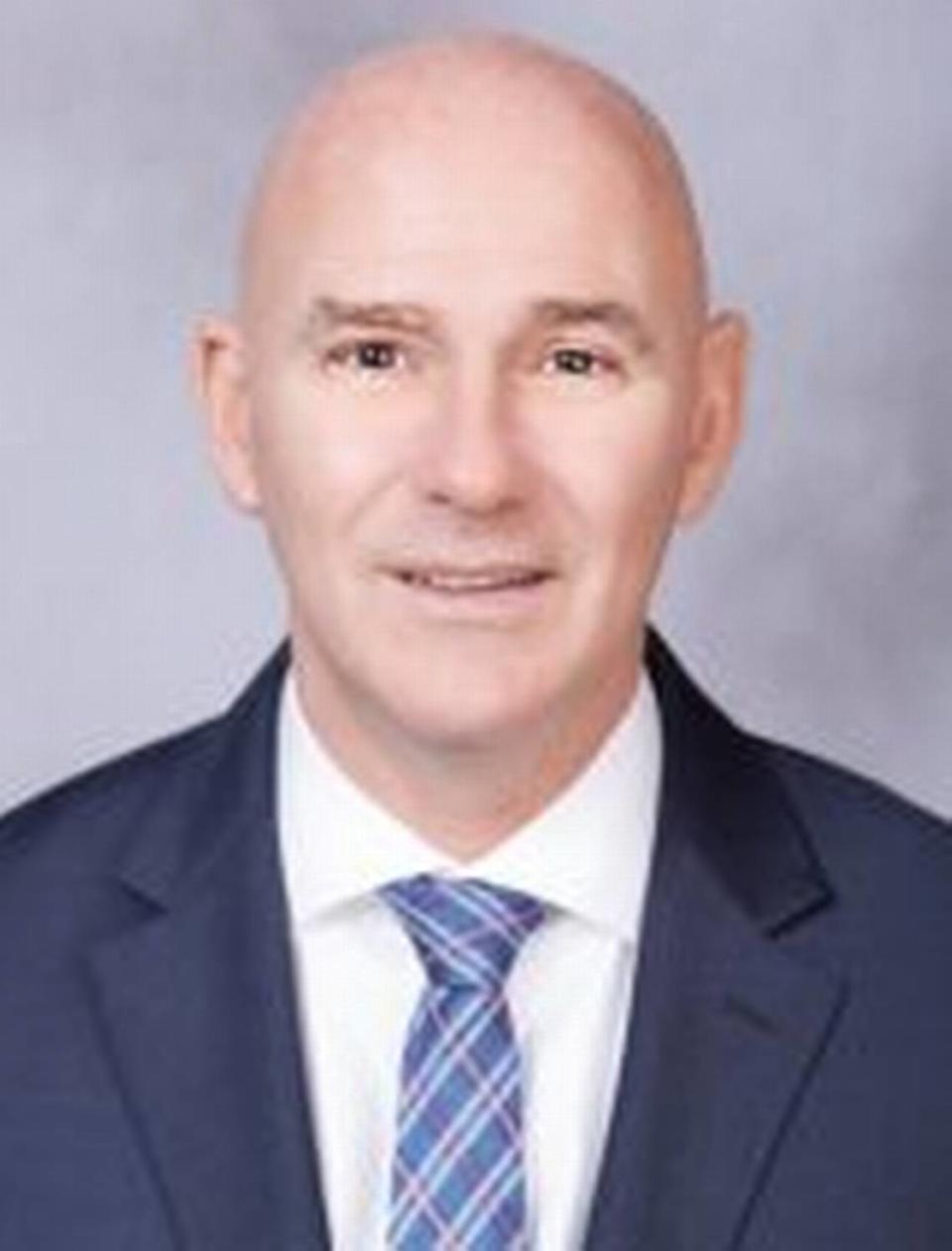Miami has resilience plans in place. Now it’s time to put them into action | Opinion
Resilience in Miami is no longer just a slogan — it is now a concrete plan. During the past three years, resilience has remained a key focus of the city of Miami’s administration. We’ve developed a strategy, secured support and now have a pathway to implement the Miami Forever plan. Miami Forever builds on the successes of our previous work, including the Resilient305 strategy as part of the Rockefeller Foundation’s 100 Resilient Cities Program. For Miami, resilience now means integrating community engagement hand-in-hand with building improved infrastructure, including stormwater pipes, hydraulic pumps and expanded flood protection.
As Miami’s new chief resilience officer, I believe we must move from planning exercises to action and implementation. My entire public-service career has been devoted to problem-solving in real, detailed and deliverable ways. As district commander for the U.S. Army Corps of Engineers in Florida, I oversaw numerous flood-protection projects and led the Army Corps’ participation in Everglades restoration. Following hurricanes Debby and Sandy in 2012, I managed more than 20 emergency projects throughout the state to restore damaged shorelines and navigable channels. In the Army Corps, we may not have called it “resilience,” but it is what we did.
Since I joined the city of Miami in 2018 as the director of the Department of Resilience and Public Works, my charge has been to transform words into action — big ideas into real solutions. And while much has already been accomplished, the next phase of Miami Forever presents an opportunity to swiftly and effectively implement our most critical projects.
Next year will be one of even more action. We will soon see the first set of projects of the Miami Forever bond through to completion and continue rolling out the second set of projects. We will complete our Stormwater Master Plan Update and start large-scale improvements to the stormwater system to reduce flooding in neighborhoods. We will adapt and strengthen our partnerships to reduce plastics, debris and contaminants discharged into Biscayne Bay. We will update our waterfront design standards to better prepare for sea-level rise and extreme weather. We will pass significant solar panel and electric vehicle legislation in the next few months. We will complete our Greenhouse Gas Mitigation Plan and continue to work on the Building Efficiency 305 program, which is a key part of Miami’s road map to reducing greenhouse gas emissions. We will create resilience hubs to provide essential assistance to residents in times of need and provide critical infrastructure that help neighborhoods rebound. And we will work to address access to affordable housing for all residents in tandem with environmental resilience and economic recovery. Taken together, these initiatives are poised to make Miami more flood resistant, future focused and carbon neutral by 2050.
None of these actions will be done without substantial public outreach and engagement. I am committed to restructuring how we communicate and keep residents engaged and informed at each major stage. We must accelerate efforts to ensure resilience and climate-change measures are inclusive of every department and considered in every decision the city makes. The recently completed Miami Forever Climate Ready and Resilient305 Strategies provides a pathway the city has aligned with its strategic vision focused on practical actions that can be taken today. The newly reorganized Resilience Action Group will play a critical role and is tasked with aligning each department’s efforts in coordination with the dedicated residents from the citizen-led Climate Resilience Committee.
The city’s work will ensure an equitable and economically vibrant Miami for the long term and better allow us to face unexpected challenges such as COVID-19. We are focused on recovering as quickly as possible from the pandemic, but cannot lose sight of our long-term goals. We are committed to building and strengthening communities, making policy decisions that preserve and improve the quality of life of all generations.
Most important, we are committed to working together with residents, community and advocacy groups, businesses, governmental agencies and neighboring municipalities to accomplish more than we could ever achieve on our own. We have done the hard work of preparation and policy analysis and put substantial plans in place. It’s time now to put resilience to work, and make our actions speak louder than our words.
Alan Dodd is chief resilience officer for the city of Miami.


